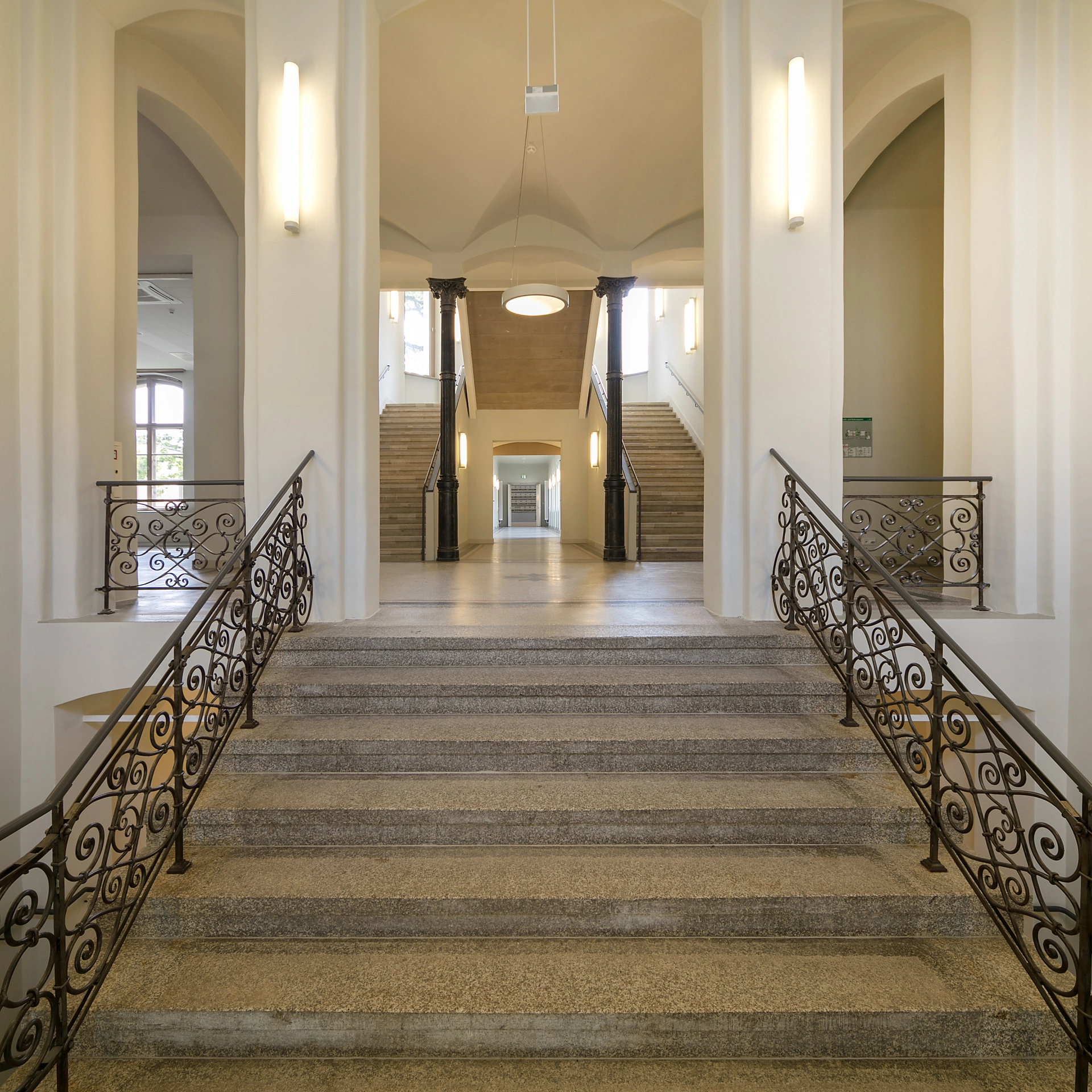Classic meets modern
from Martin Gropius
to Sir David Chipperfield
With the founding of the University of Berlin in 1810, the area between Ziegelstraße and the Spree River was developed into an important hospital site.
The main building, constructed between 1879 and 1882 by leading architects Martin Gropius and Heino Schmieden in the Neo-Renaissance style, also included the rotunda of the lecture hall, where luminaries such as surgeon Professor Sauerbruch taught.
The internationally renowned star architect Sir David Chipperfield has authentically redesigned the Gropius Ensemble after being responsible for the master plan of the Museum Island.
The complex has been rebuilt both continuously and intermittently over the centuries. While preserving its history, this tradition has been continued. The extension, demolished after World War II, was replaced by a new, modern structure. The pavilions have been given spacious gardens.
This impressive ensemble offers plenty of space for administration and representative offices – also for training purposes.
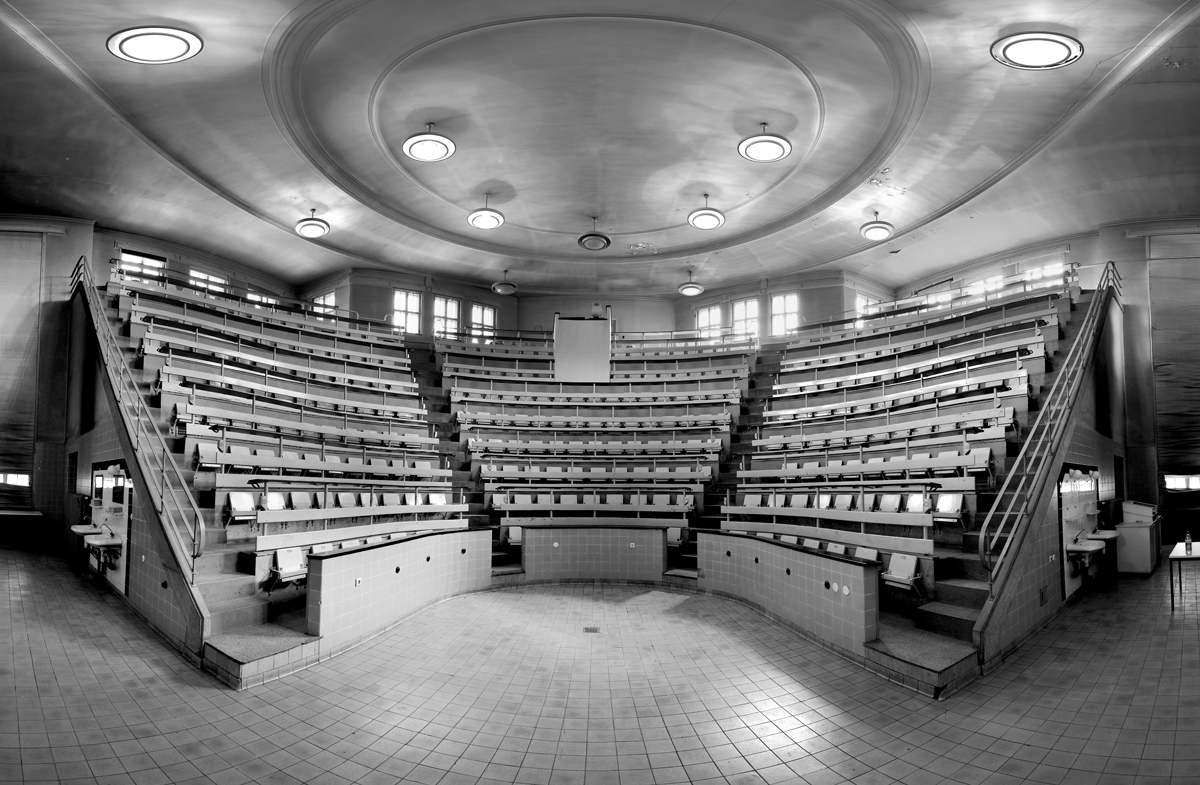
Former clinic location
Impressions of the rotunda of the lecture hall and
the corridor of the former women’s clinic.
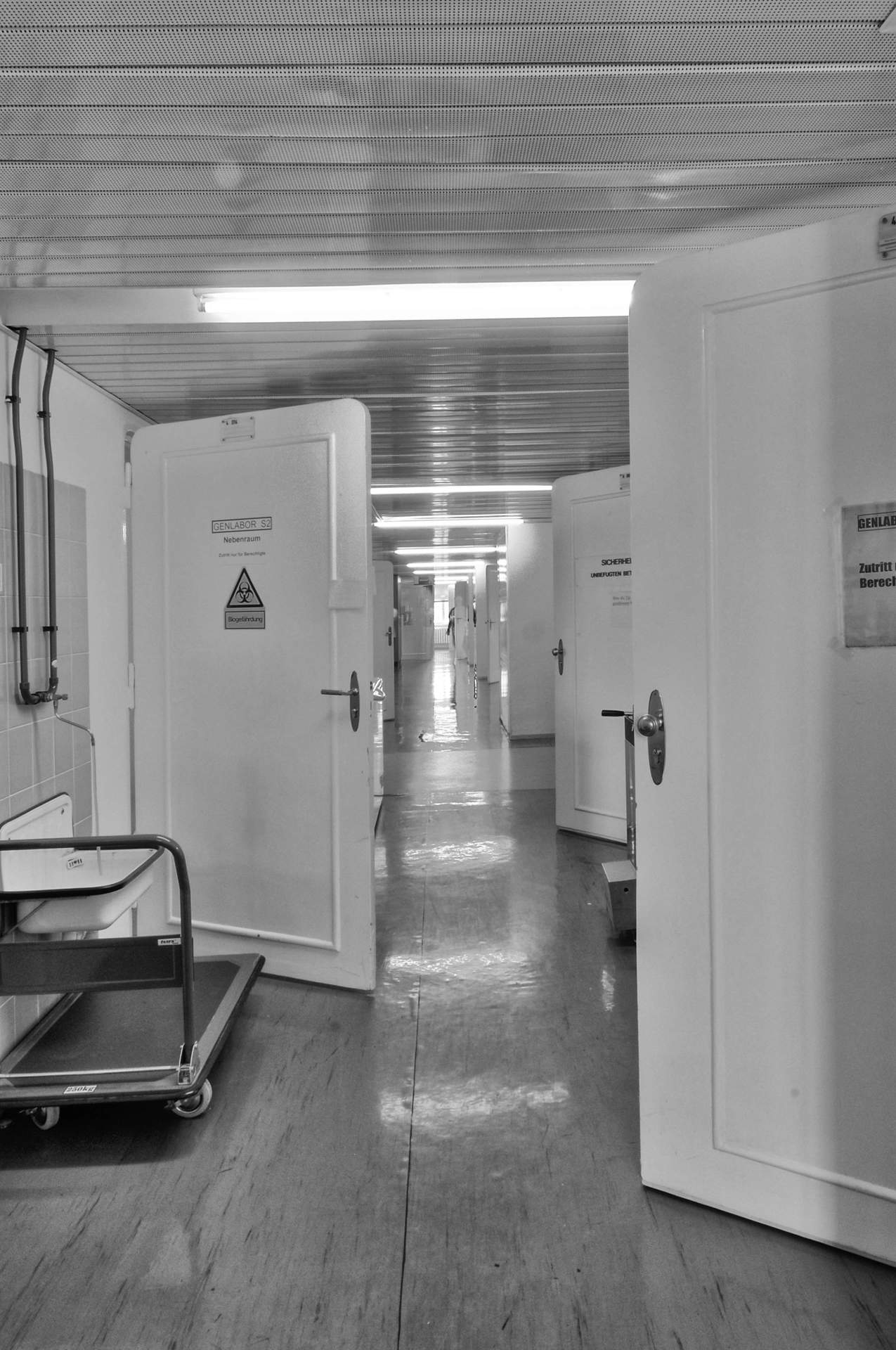
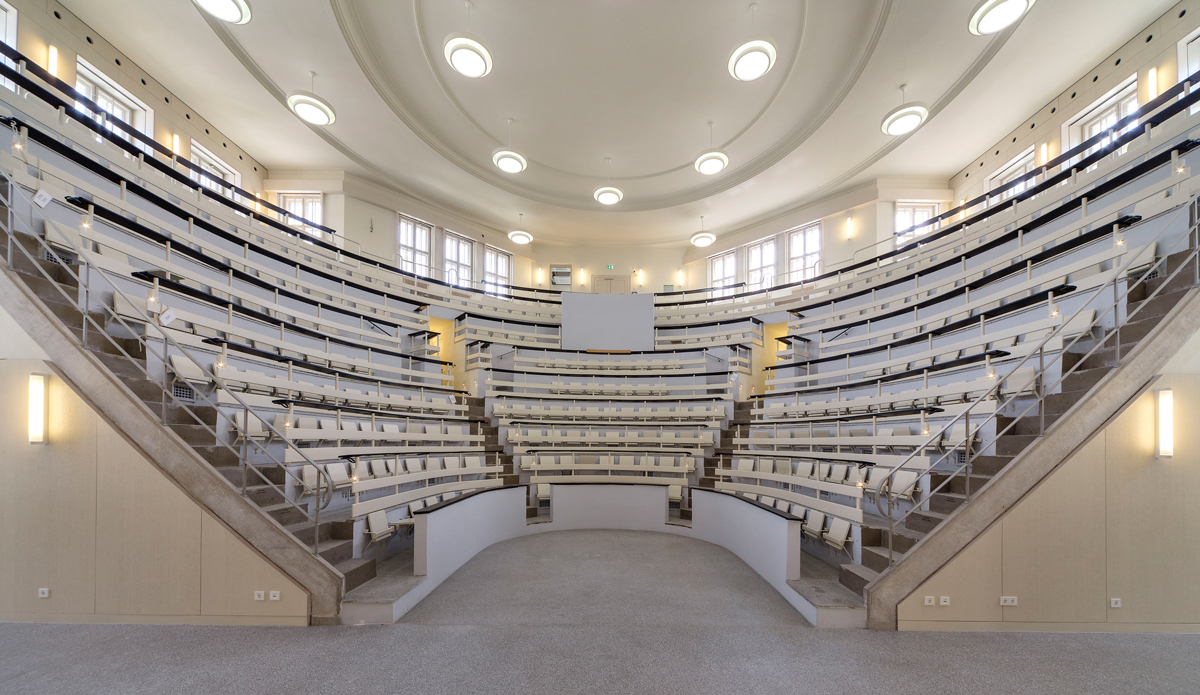
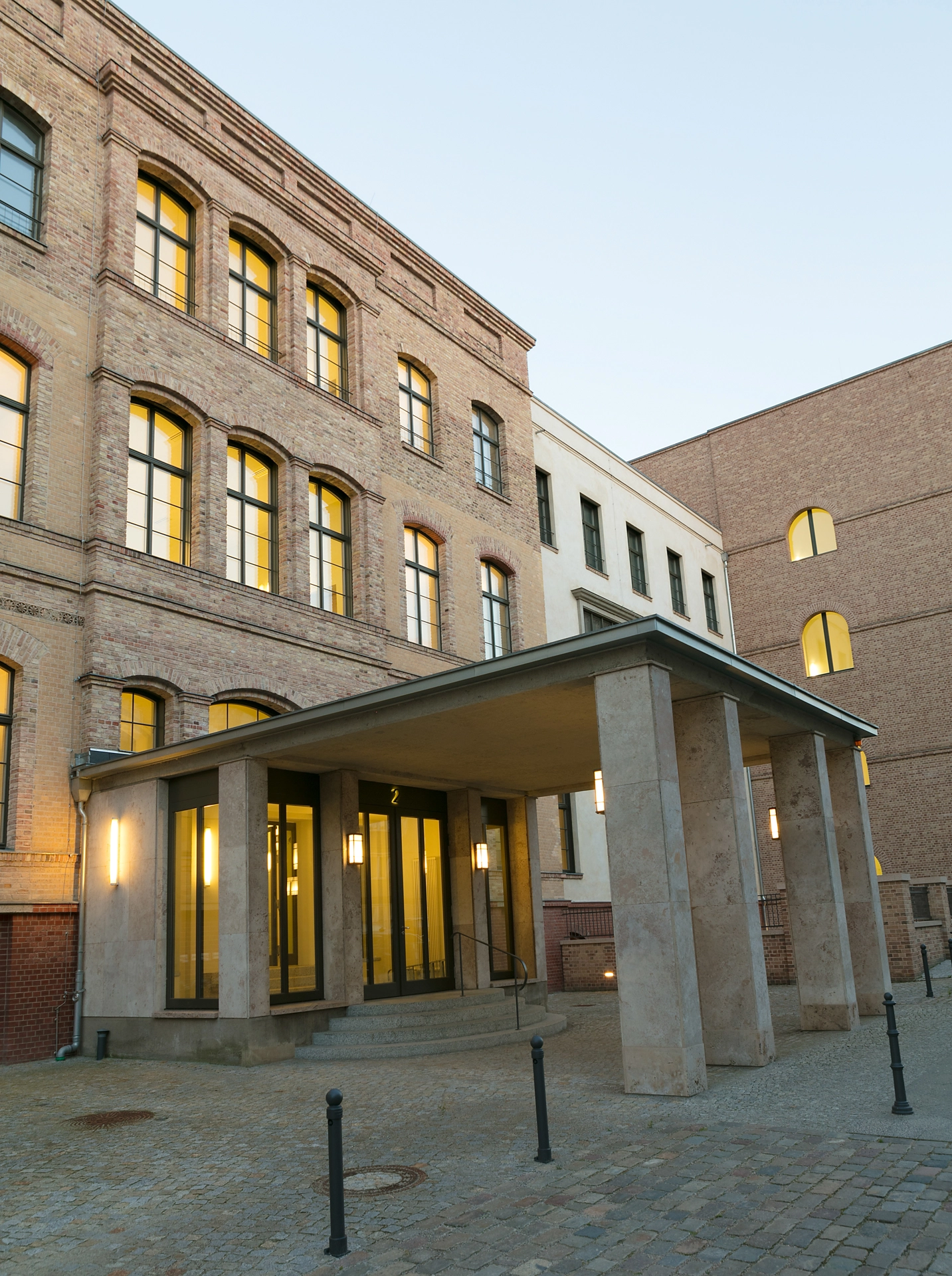
Continuous development and reconstruction
The Gropius Ensemble has been continually expanded and modified.
The authentic redesign was created by star architect Sir David Chipperfield.
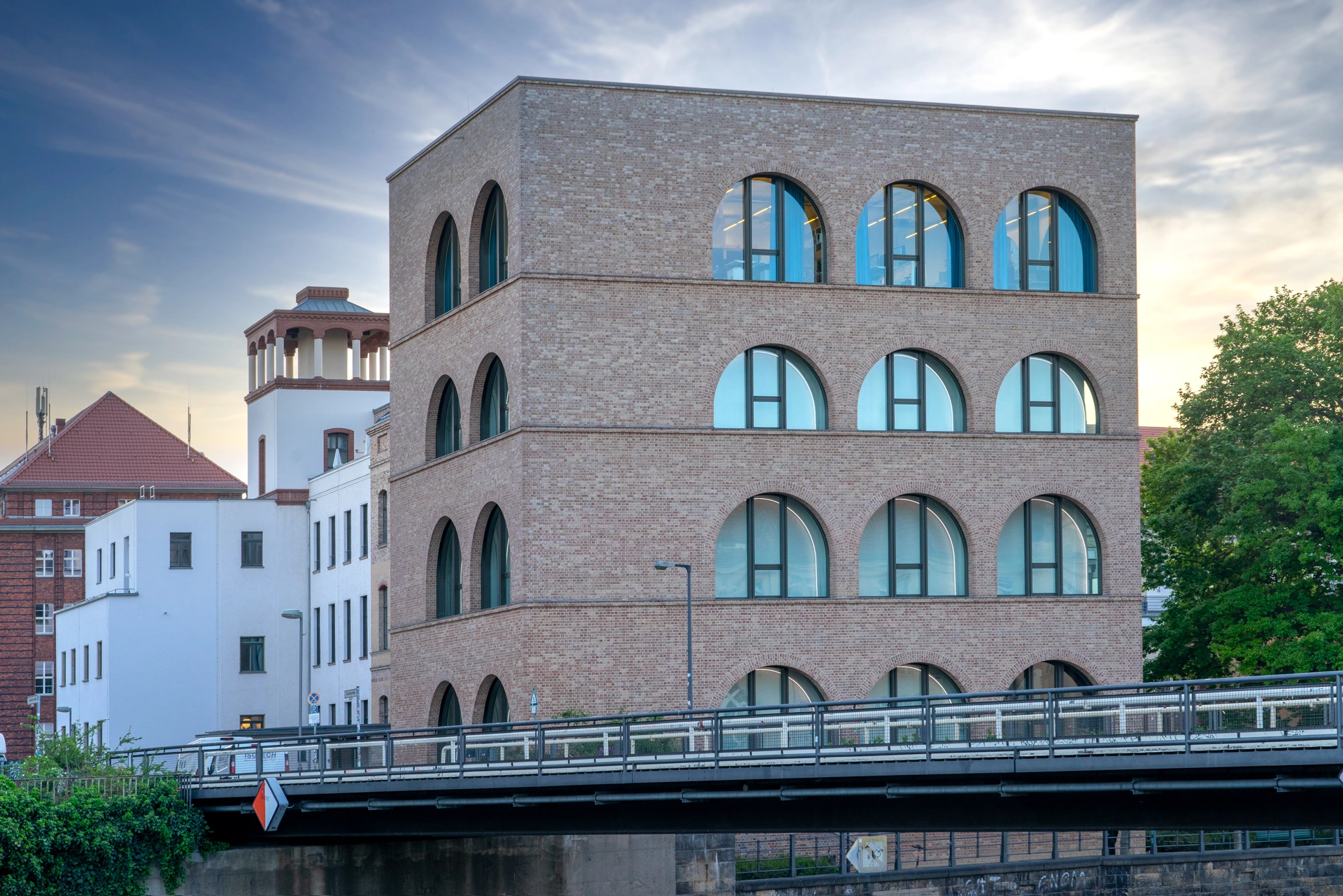
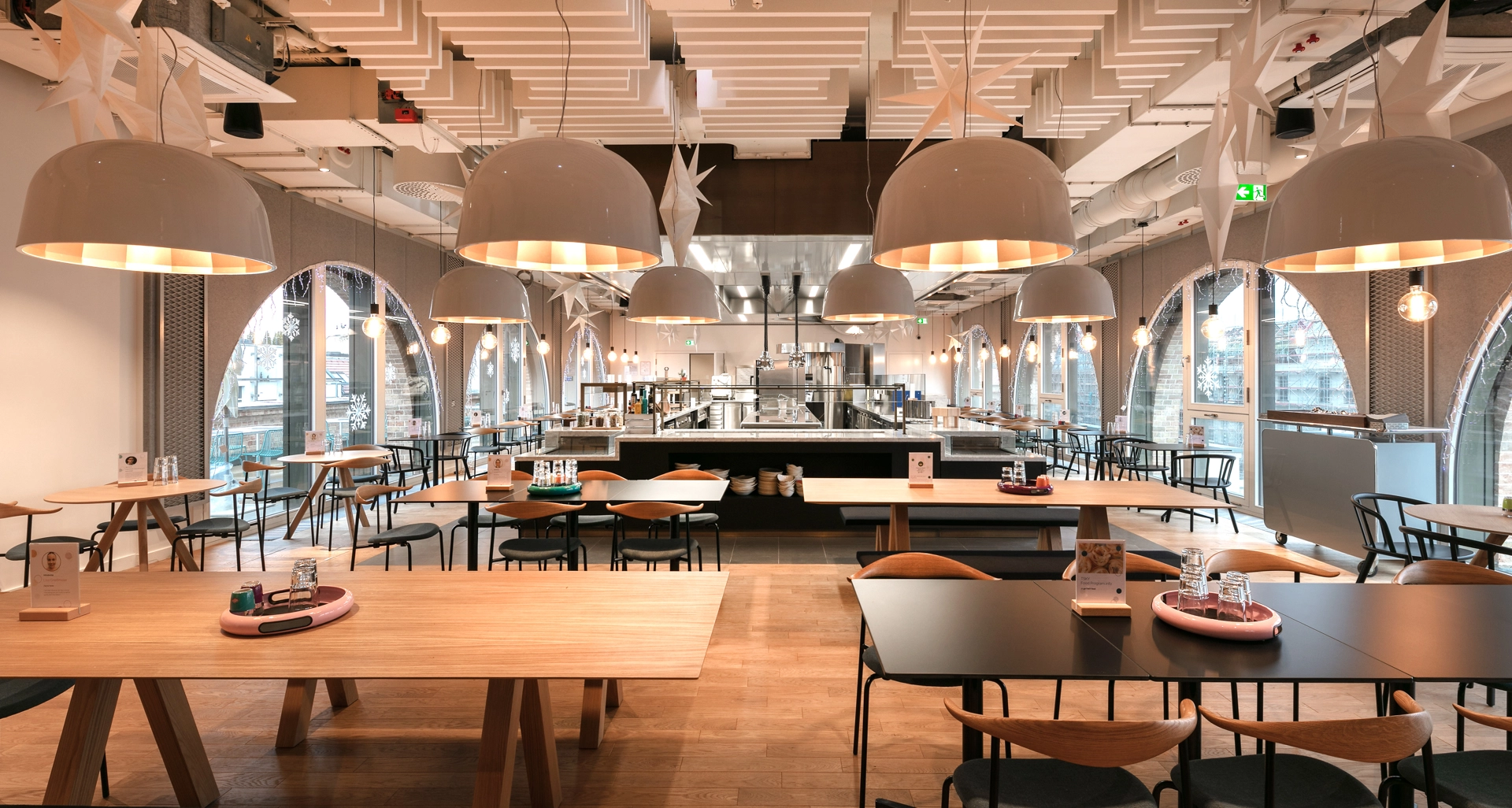
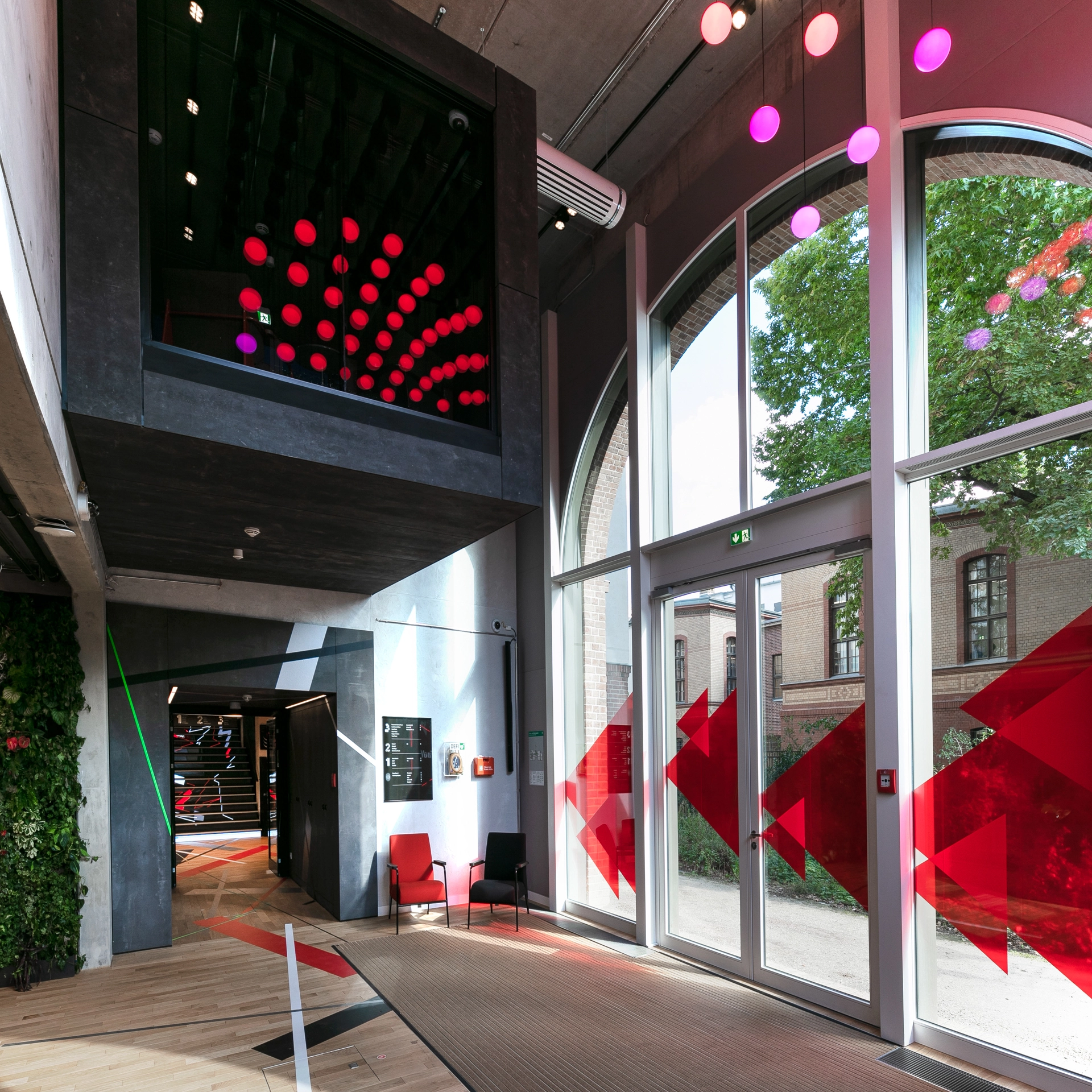
History meets modernity
Interior views of the Gropius Ensemble: offices, internal restaurant, staircases. Modern office space meets historic buildings.
